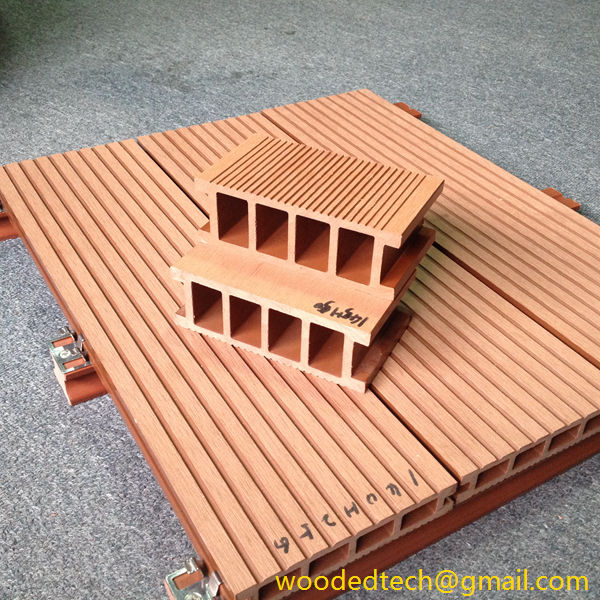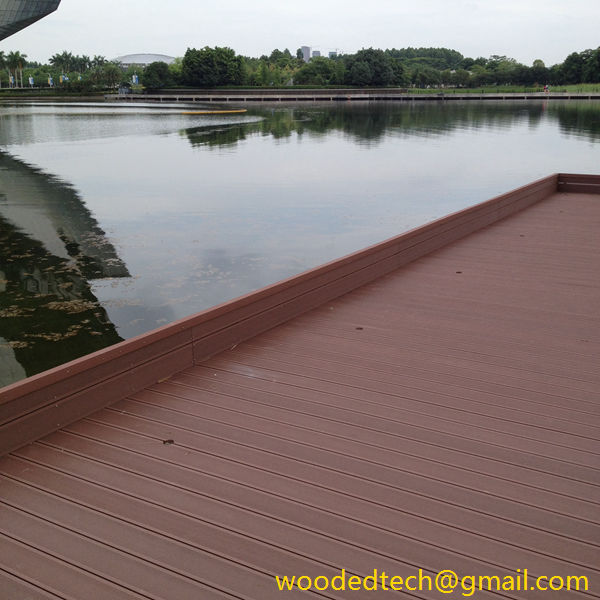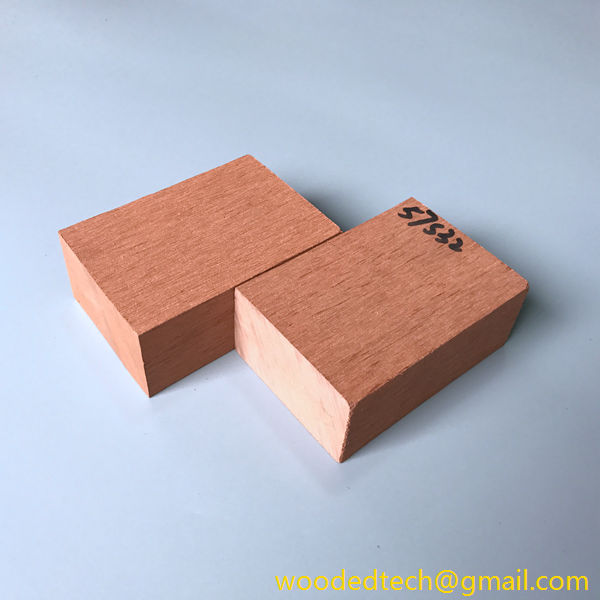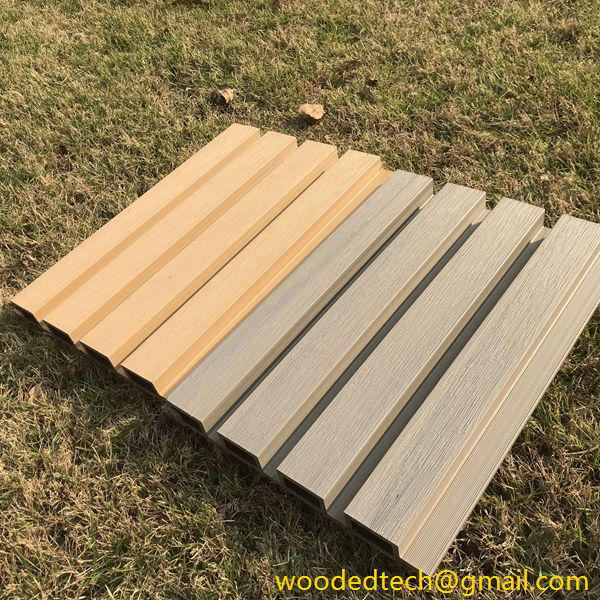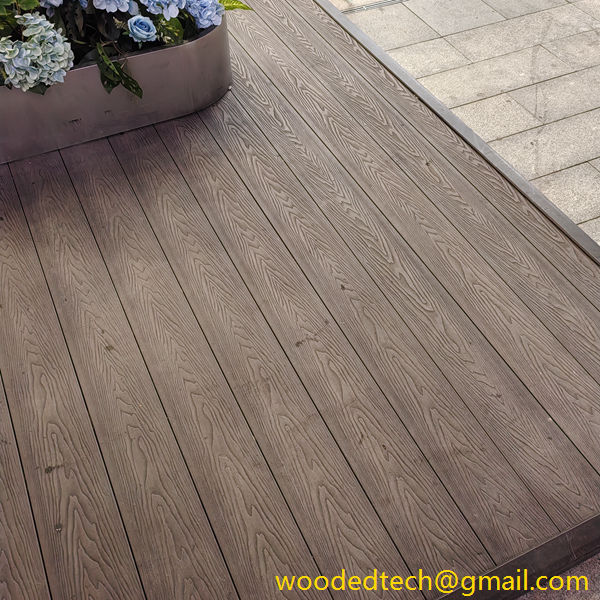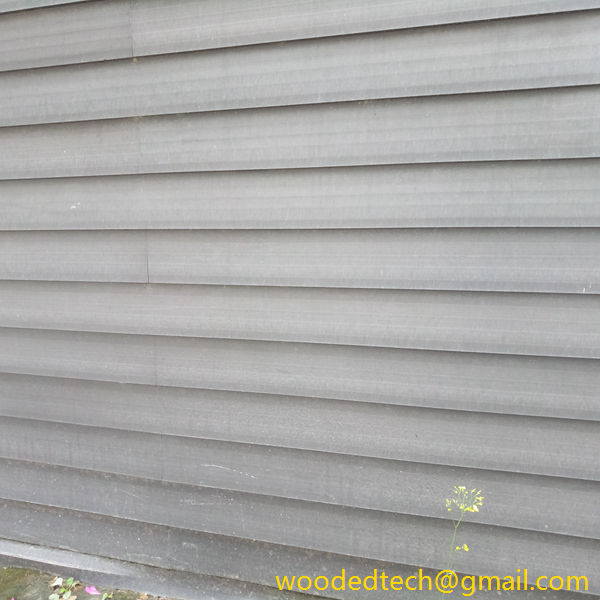Seleção de matérias-primas e desenvolvimento tecnológico da produção de madeira plástica
Hoje, li este artigo escrito por outra pessoa há dois anos. Sinto que continua a ser muito bom. Por isso, aproveitem-no e partilhem-no. A era da utilização de "madeira artificial" a partir de resíduos de madeira e de resíduos de plástico chegou, e os painéis de madeira-plástico são um novo material composto que combina as vantagens da madeira e...
Today, I read this article written by someone else 2 years ago. I feel itI still quite well. So just take it and share it.
The era of using “manmade wood” from waste wood and waste plastics has come, and wood-plastic panels are such a new composite material that combines the advantages of wood and plastic. The name of the wood-plastic panel itself has shown that it is a composite material with a wide range of raw materials, ranging from polypropylene to polymeric materials, wood flour to linen, and additives. The emergence of wood-plastic panels has expanded the concept of compression panels in traditional wood processing technologies. Compressed panels have expanded from particleboard and MDF to wood-plastic panels.
Wood-plastic materials have a very broad market potential in terms of environmental protection and resource conservation, especially in public places and social infrastructure. This wide market potential comes from the good performance of the wood-plastic panel itself. Good performance is mainly reflected in the application of this product to outdoor fences, doors and windows, and tourist resorts and docks. In addition to the excellent properties of wood, wood-plastic composite panels can also resist corrosion and insect erosion. For example, the large-scale application of wood-plastic panels on the docks is mainly due to the fact that people have found that pure wood is used for anti-corrosion treatment. Anti-corrosion materials contain toxic substances, which have a greater impact on marine life. With wood-plastic panels, these problems are solved. At the same time, the wood-plastic board has more strength and hardness than plastic. These advantages of integrating wood and plastic ensure the application advantages and market prospects of wood-plastic composite panels.
According to statistics, in the European and American markets alone, the market demand for wood-plastic composite materials has reached 10,000 tons. Among them, mainly in the United States and Canada, more than the above, mainly used in docks and railways and building doors and windows, while other areas are mainly reflected in industrial and civilian use, especially in transportation. This demand is expected to continue to grow at a certain rate. In Asia, the application of wood-plastic composite panels is concentrated in countries with relatively developed economies, especially in Japan, where dock construction, flooring and urban furniture are usually made of wood-plastic composites.
As a country with a shortage of resources and a high-speed economy, China’s application of wood-plastic panels will have a more special significance and role. In the article, the author focuses on the raw material selection and technology development direction of foreign wood-plastic panel production, which is beneficial to the development of domestic wood-plastic panel production.
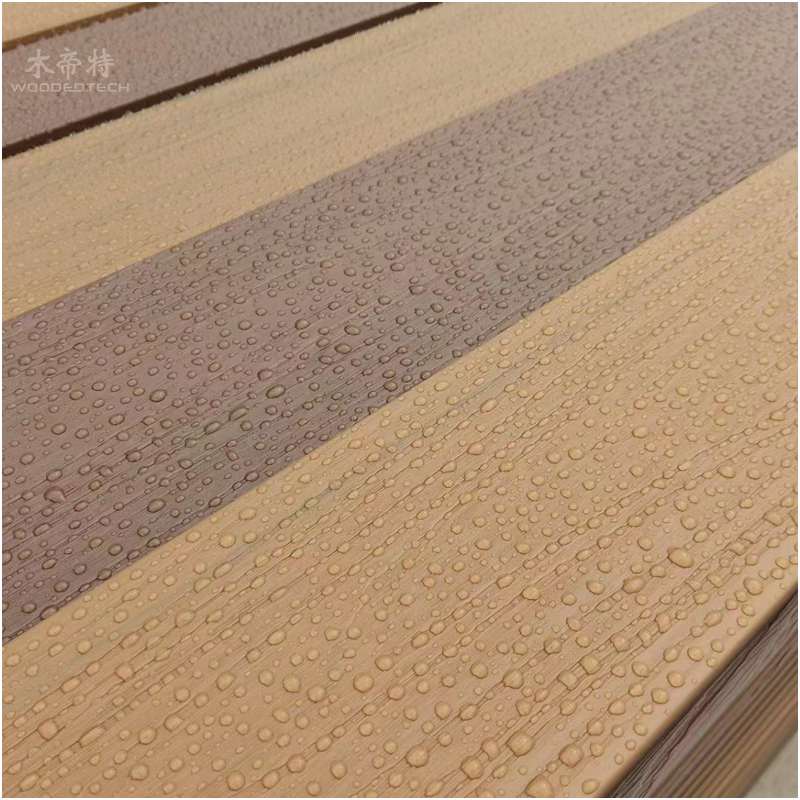
- Selection of raw materials
Depending on the application, the production of wood-plastic panels is usually divided into three types: hollow, solid and structural. Hollow can be used on the load-bearing trestle surface and on the fence. Ordinary solid wood-plastic panels can be used on heavy-duty installations.
The use of wood for the production of wood-plastic panels also has certain limitations, such as temperature treatment and moisture content problems. However, compared to other substrates, such as mineral materials, the wear and tear of the equipment processed and treated is reduced. Compared with traditional wood products, wood-plastic panels have many advantages as follows: they can be arbitrarily painted as needed. The water-resistance is strong and durable, and the wood-plastic panels made of recycled materials can not be easily recycled, broken, broken and broken. The environmentally-friendly materials have the same processing capacity and low maintenance workload as wood products. The disadvantage is that compared with other materials, the production cost of the finished board is about twice the weight of the wood, the density of the wood-plastic board is 0.95-1.46, and the density of the solid wood is 0.35-0.59; the wood content determines the wood-plastic board. The degree of corrosion resistance, that is, the more the wood content, the higher the degree of corrosion. Compared with the production of pure wood products, the inadequacies are reflected in the following aspects: the energy consumption is twice as high as that of the structural materials.
In order to ensure that wood-plastic panels meet the standards of use and users, the selection and preparation of raw materials becomes very important. It is worth noting that no special raw materials are specified as the necessary raw materials for wood-plastic panels. The choice of raw materials must be determined by availability, economic factors and market demand for the product. For example, the polymer of the wood-plastic board may be high or low density polyethylene or polypropylene, and the wood may be wood powder or fiber of different materials. But the stability of wood and plastic is very important, such as cleanliness, physical properties and moisture content. The technical problems encountered in the production of wood-plastic panels from clean raw materials and waste raw materials will be different, as the performance of raw materials is greatly influenced by the type, the way in which the waste is processed and the age.
1.1 Wood selection
The wood raw material of the wood-plastic board may be sawdust, wood flour, wood fiber. Wood flour is made by drying and grinding sawdust, and is divided into different grades according to the particle size. From coarse to fine, the moisture content is lower. Wood fiber can utilize recycled wood pulp fibers.
Waste wood can also be used as a raw material for wood-plastic panels. The waste wood mainly consists of the post-industrial wood waste from the tannery. The wood waste produced by the secondary processing refers to the wood residue consumption wood waste produced during the manufacture of furniture and doors and windows in the industrial production process.
When selecting waste wood as a raw material for production, it is necessary to develop specifications and select raw materials according to standards and specifications. In some developed countries, consumer waste wood has been excluded as a raw material source for wood-plastic panel production, mainly relying on the above-mentioned materials. The cleanliness of waste wood as a raw material is very important. If the amount of rubber, paint and veneer is not exceeded, it is generally acceptable. The Washington Cleanup Center in the United States has developed standards for corrosion, metal and plastic content, and dirt content of used wood.
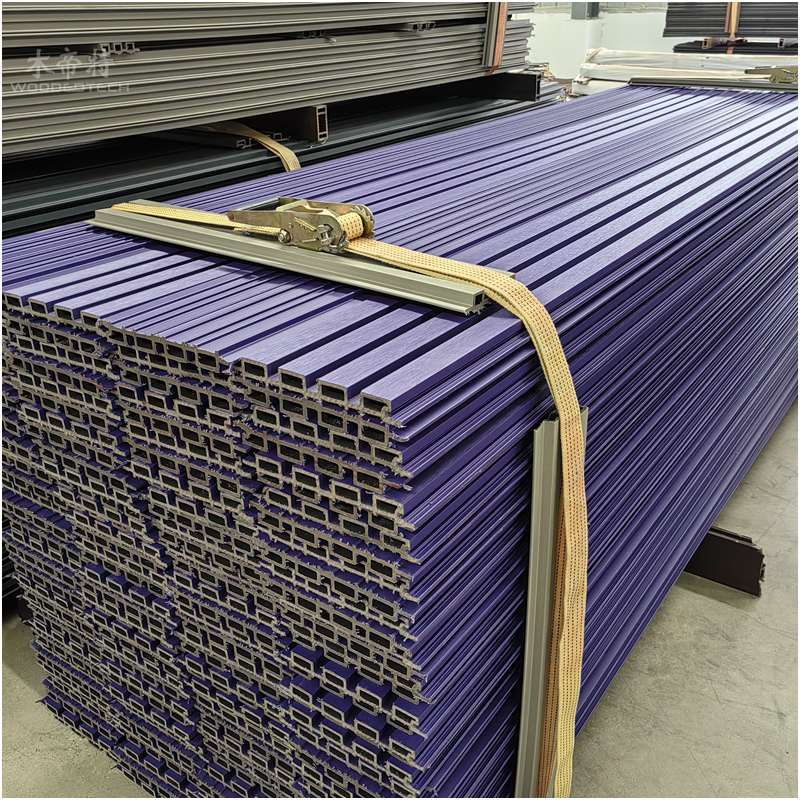
1.2 Plastic choice
The choice and handling of plastics depends on several factors. When the wood degrades at high temperatures, the plastic can still be processed and used at °C. The polymers used in wood-plastic panels are mainly polyethylene, polypropylene and polystyrene. Any plastic that can be melted and processed below the degraded point of wood °C is suitable for the production of wood-plastic panels. Recyclable resins and raw materials are also used for reasons of further improvement in performance and cost control. According to the current wood-plastic panel production technology, the different applications of wood-plastic panels determine the choice of different plastics. For example, wood-plastic panels for outdoor applications mainly use polyethylene as the raw material.
HDPE: High density polyethylene. Usually used to produce milk bottles. This translucent material is more valuable on the market.
LDPE: Low density polyethylene. It is widely used and is commonly used as a packaging film. A foreign company produces a wood-plastic board trestle with a low-density polyethylene waste film every year.
PVC: Polyethylene. Consumerly gathered polyethylene is commonly used as a packaging material for daily use and edible oil packaging. Due to its small amount, it cannot be used on a scale to produce wood-plastic panels.
PP: Polypropylene. One of the most widely used general-purpose plastics for living and industrial use, it is widely used in automotive interiors and furniture. Although polypropylene is the main raw material for wood-plastic panels, the production of wood-plastic panels from raw polypropylene plastics is far greater than that of recycled polypropylene.
The processing of plastics determines that small, uniform particles are more beneficial for material feeding, bending and deep processing. At present, the recycling method of polymer plastics is mainly done by mechanical means. Waste plastics are broken down into small particles and small balls, which are reused in the production of new products. The cleaning of plastics is an important part. For some waste plastics with high recycling costs, which are not suitable for further processing, they tend to be buried.
1.3 Application of additives
As an essential element in the production process of wood-plastic panels, additives have different effects on the quality and application of the panels. These additives include cements, stabilizers, pigments, lubricants, fungicides, and blowing agents.
The organic bonding of wood flour and plastic makes the material hard, but it is much more brittle than unmixed plastic. Because of the use of foaming agents, etc., wood-plastic panels have lower strength and hardness and bending strength than solid wood products of the same specification. However, the low water absorption of wood-plastic panels offsets these deficiencies, which in turn makes wood-plastic panels more resistant to corrosion. The ability to absorb UV light further reduces the extent to which the board is exposed to sun exposure.
- Development direction of wood-plastic board production technology
With the continuous expansion of the production and application of wood-plastic panels, especially in the production process and technology using recycled waste wood and waste plastics as the main production materials, the production process and technology are becoming more mature. Current technology is focused on the production of foam wood-based panels, mainly because of their light weight and appearance as actual wood.
In order to improve the performance of wood-plastic panel products, future research should focus on the following aspects: water content and drying process water resistance and UV protection and color stability. Relationship between moisture content of wood and plastic and problems existing to improve corrosion resistance , Fire performance to evaluate volatile organic matter and improve the structural properties of wood-plastic panels in construction.
In my opinion, the above mentioned above still has practical reference.

